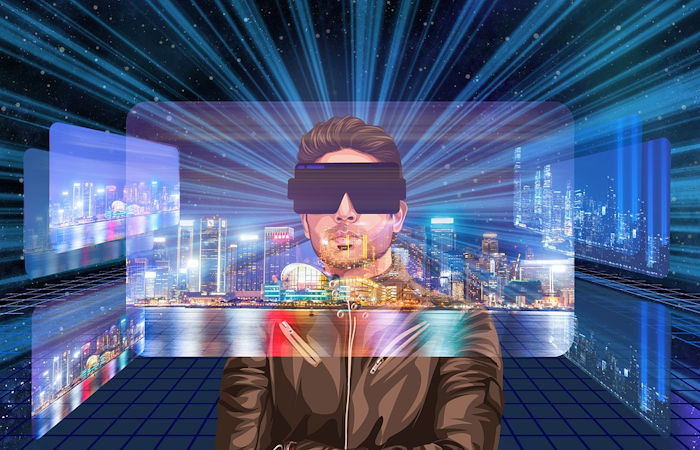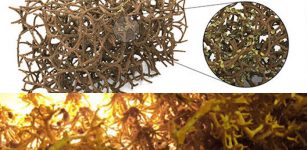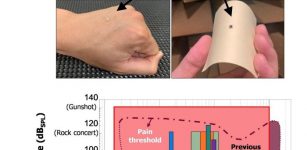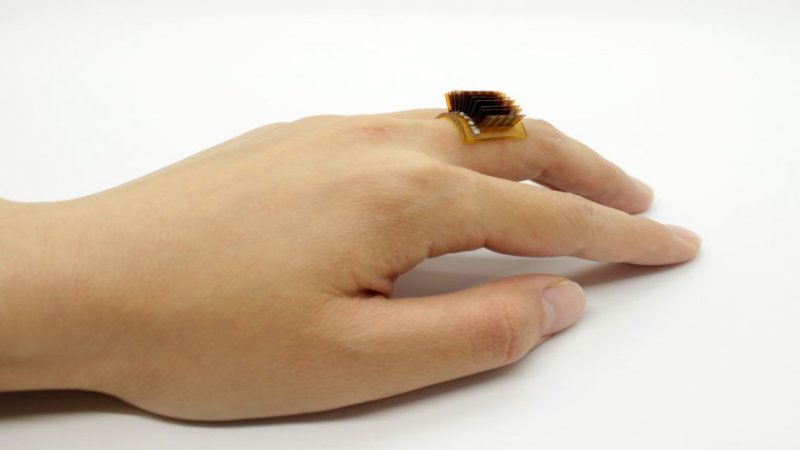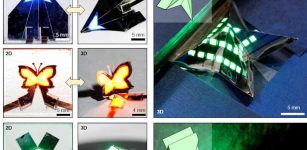Researchers Achieve World’s First International Holographic Teleportation
Eddie Gonzales Jr. – MessageToEagle.com – Holographic teleportation sounds like something out of Star Wars or Star Trek, but instead of the bridge of a flashy interstellar spaceship, a world-first technological achievement took place in a nondescript boardroom on campus at Western recently.
Credit: Pixababy – geralt – Public Domain
The term holographic teleportation, or holoport, is a combination of hologram and teleport: when a hologram of a person or object is transmitted instantaneously to another location.
On the afternoon of July 27, a small group of students from the Western Institute for Space Exploration (Western Space) gathered to witness and take part in the world’s first international holoport demonstration.
“We had the incredible opportunity to demonstrate the first international, two-way holographic teleportation,” said project leader Leap Biosystem’s co-founder, Dr. Adam Sirek, a faculty member at the Schulich School of Medicine Dentistry, and Western Space.
In April, NASA successfully holoported a doctor on to the International Space Station (ISS), becoming the first “holonaut,” but last Thursday’s Western Space demonstration was the first time anyone has crossed international borders through holographic teleportation.
Credit: University of Western Ontario
“We transported one person from Alabama to London, Ontario, and then each of the students here on the project were able to instantly holoport themselves in holographic form down to Huntsville, Alabama,” Sirek said.
He joked about the team crossing the border without having to pay an airfare, but within the quick quip comes a nugget of truth about the vast potential of such technology.
The team, composed largely of undergraduate and medical students, is exploring the way this futuristic technology can be used in the real world. Whether it is for people communicating or providing assistance and medical care to remote areas, even in the ISS, the possibilities are only just beginning to be understood.
Precipice of opportunity
The technology for holographic teleportation comes from hardware developed by Microsoft and software from Aexa Aerospace, headquartered in Houston.
Aexa has partnered with Western and Canadian company Leap Biosystems to explore medical applications for the technology, which led to the demonstration of the first international holographic teleportation.
The technology involves a special camera that creates a holographic image of a subject, which is then sent to the destination of choice. The user on the other end is wearing a device called a hololens, not unlike virtual reality gaming headsets. Through the hololens the individual can see the subject within their environment. If both are wearing a hololens, they can interact in their environments as if they are actually there.
While the novelty of traveling a great distance instantaneously is fascinating, for medical student and project intern Adam Levschuk the possibilities for medical care are most exciting.
“It’s like the best of both worlds between medicine and engineering. The applications I’m particularly looking at is facilitating physical exams that a doctor would normally conduct in an examination room.”
Although there is still work to be done to make conducting a virtual medical exam over the hololens a reality, Levschuk said he is excited to get the opportunity to explore the possibilities.
He also has the added bragging right of saying he attempted the first virtual handshake across international borders.
“Every time you put it on and you see the hologram appear in front of you, it’s still a little bit shocking… I could reach out and virtually shake the person’s hand on the other end of the line.”
Medical student and project intern Alex Zhou said the implications of the technology could be huge for access to health care in remote locations.
“This is very much the future of health care in terms of accessing remote communities, remote environments, and providing rural health-care access,” said Zhou.
Sirek agreed with Zhou, emphasizing the cost of the technology is currently around $5,000 which, when compared to the cost of medivacs or even traveling for exams, leads one to conclude this kind of technology could have the potential for huge cost savings for the health-care system.
“It can impact a number of factors including physician access to these (remote) areas and physician licensing. I think it is going to be a very big game-changer for rural health care.”
But with the promise of new technology there are inevitably limitations and hurdles to overcome—and that is where the engineering side of the project comes in.
Jocelyn Whittal, a third-year engineering student at Western, found herself being part of the team after she was encouraged to apply by one of her professors.
“As far as the hololens goes, I’m sort of looking at what biosensors might be really easy and also really helpful to integrate with it,” said Whittal.
“So whether that’s like monitoring heart rate, oxygen saturation or even looking at haptics.”
Haptics is the science and technology of transmitting and understanding information through touch, which with a hologram is currently a hurdle.
While the technology can transport a person’s image across borders it can’t yet interact with touch, which is a big part of a medical exam.
However, Whittal said she is hoping to get haptics as part of the hololens in the future, and of the hololens itself. “I feel like Iron Man.”
Next steps
Sirek is excited about the possibilities for the technology, which are not limited to the grand scope of space or betterment of medical care.
“We look at that again from a space perspective; wouldn’t it be nice if you’re on a three-month deployment to the space station, and you could come down and sit in the room (at home) for a family dinner.”
Sirek said one of the most exciting parts is seeing this new generation of students taking on the challenges of today for a better, more connected world tomorrow.
“We have three undergraduate students taking advanced technology and potentially demonstrating that to leaders and decisions-makers for the future of Canada. Our students are actively involved in pushing the boundary of what novel technology can do.”
Written by Eddie Gonzales Jr. – MessageToEagle.com Staff

